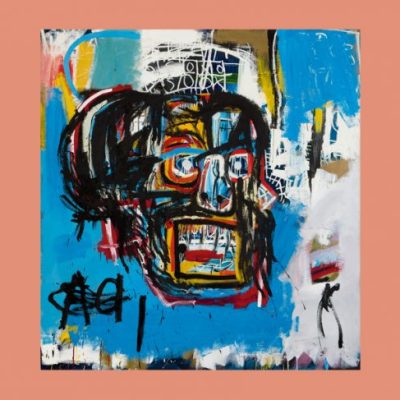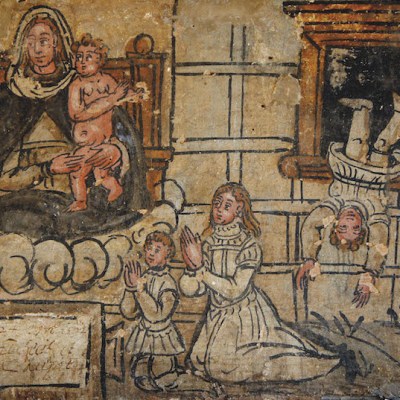When I heard that Vito Acconci (1940–2017) had died in April, I thought that the world had immediately become a less interesting place. I first met Acconci in 1991–92, when he gave a talk at the Whitney Independent Study Program in New York, where I was a student. It was what I would later understand to be a classic Acconci talk: hypnotic and full of rhythmic verbal repetitions, the artist rocking in his chair. I remember him receiving a special dispensation to smoke, though it’s possible I’ve made that up, so integral was the cigarette to his persona in those days.
He reflected on a series of performances and installations – from his notorious piece Seedbed (1972), in which Acconci repeatedly masturbated, through to his major exhibition of public sculptures at the Museum of Modern Art in 1988 – works that are today so influential that millennial artists (even those who’ve never heard of Acconci) are still riffing on them; and he gave an account in which one thing after another ‘didn’t work’, giving some sense of a practice defined by a restless, analytical curiosity. To think of that curiosity together with Acconci’s stream of performances in the late 1960s and early ’70s – when works like Following Piece (1969), Trademarks (1970), Step Piece (1970), Security Zone (1971), followed one another in quick succession – is to get some sense of the radically experimental nature, not only of his work, but of the artistic milieu in which he was working – one that seems very distant from the art world of today.
I subsequently interviewed Acconci twice, once for dissertation research, and then a few years later for a publication. He was generous with his time and thought: the first time listening to my ideas and reframing them in his own terms, testing them out, always prodding, searching for weak spots; the second time beginning to push back against some of the critical terms that had settled around his performance work. This was around the time when the design collaborative Acconci Studio, set up in 1988, had increasingly become his focus, developing the architectural interest that had emerged in his work during the 1980s. At the end of our first conversation, he pointed me to his archive – at that point a row of dusty filing cabinets. In one of the manila folders, I found an undated, almost completely indecipherable scrawl in what looked like felt pen, culminating in one readable word, ‘failure’.
Although Acconci couldn’t read his own decades-old writing, he thought the note came from a period in the mid 1970s when he’d cancelled a show, and when things seemed to be going badly. He had asked himself whether he could make failure into a principle. If you think about some of his ludic performances (such as Three Adaptation Studies, in which a blindfolded Acconci reacts to balls being thrown at him [1970]), perhaps he already had. The ways in which Acconci talked about things not working, or failure –which has its counterpart in risk – speak to a degree of humility perhaps surprising in an artist of his stature. He once expressed his thanks for conceptual art, because he didn’t know how to do anything himself. I imagine that humility and openness was a quality that aided the intellectual mobility of his work.
You couldn’t describe Acconci as an innocent – he was a New Yorker, after all. But to look at his work over the course of his career (a word one suspects he might have found quite alien) is to see again and again his lack of concern with common sense, or any habitual ways of doing things (things like art, or architecture). His work is saturated with a ‘what if’ sensibility. What if I told secrets to strangers? What if the television were a tool of seduction? What if the floor curled up, there, or broke open, there? Or a park grew up the side of a building? This sensibility persisted as Acconci transformed from a solipsistic solitary performance artist to the principal of the Acconci Studio, where, he told me, sometimes his job was just to put the little human figures in the models, and where, despite the public scale of the projects, a sense of possibility and play was maintained.
Acconci’s curiosity, restlessness, and the mix of empiricism and speculation embedded in his ‘what if’ approach, brought into question one foundational category after another. Subjectivity was not a given; masculinity, ditto. The boundary between public and private (not yet shattered by the internet) was, for Acconci, unstable. Architecture as the functional organisation of space maybe stood up, if you were prepared to reimagine function. Acconci began as a poet, though he subjected that discipline, too, to his own idiosyncratic transformation. To the degree that language remained fundamental to his practice, the lecture-as-performance revealed that while he was a great monologist, he fed off conversation and connection. A friend recounts a more recent Acconci lecture (from a lectern, this time): he spoke for an hour, took questions for an hour, but didn’t want to stop, trying to squeeze one last question from the crowd: you, in the back, something?



